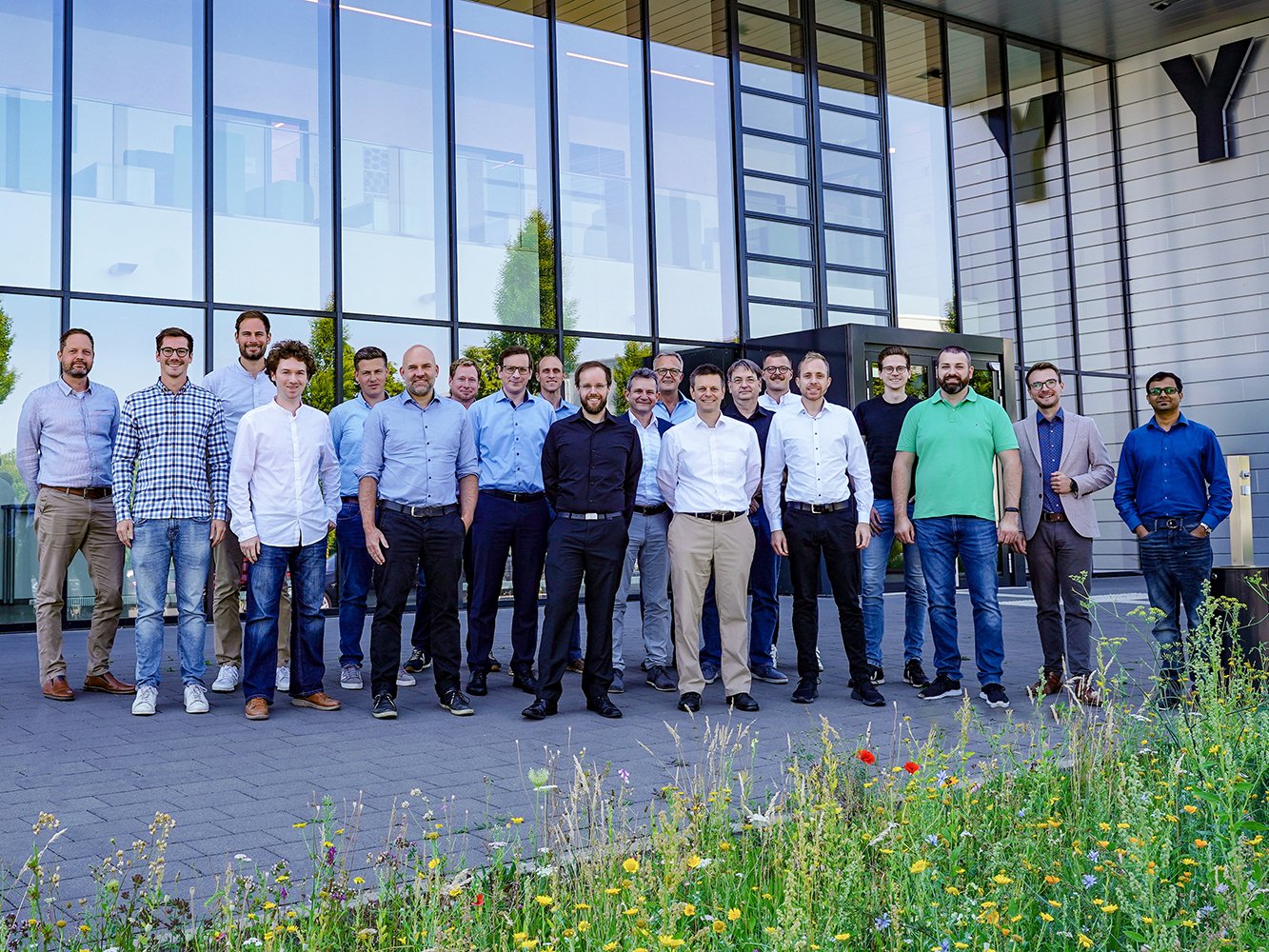17-02-23
Reducing CO2 through induction in hot forming
Together with the German University of Paderborn and other companies, KIRCHHOFF Automotive would like to bring the inductive heating of moulded blanks for hot formed car body components to series production readiness. This could avoid a great deal of CO2 emissions. Markus Löcker, technology development specialist in Attendorn/Germany, is part of a research team working on the development of this process.
Energy by induction - this not only works at home on the stove, but can also work on a hot forming plant. "We have already been involved in initial research projects on induction heating starting in 2010. In the process, we successfully heated the head area of our B-pillar by means of induction in 2019 and then formed it in our B-pillar mold," explains Markus Löcker.
Hot forming has been an integral part of our manufacturing technologies portfolio for 15 years. This process can be used to produce high strength and very lightweight body parts. If such parts are installed in the vehicle, it has a significantly lower weight, which saves CO2.
That sounds good initially. However, the production of hot formed parts causes high emissions. "In the industrial hot forming process, sheet metal blanks are usually heated in ovens up to 40 meters long. In order to bring these ovens to a temperature of 950 degrees Celsius, fossil fuels are usually necessary," explains Prof. Dr. Thomas Tröster, holder of the Chair for Lightweight Automotive Construction (LiA) at the University of Paderborn, and board member of the "New Mobility Paderborn" (NeMo) initiative.
The project team is now researching a method of inductively heating blanks during hot forming. This works like cooking on an induction stove: electrically conductive bodies (like the cooking pot on the stove, or the blanks during hot forming) are heated with the help of an alternating magnetic field. Current flows through a coil (inductor) and generates the magnetic field. The magnetic effect induces eddy currents in the material, causing it to heat up.
"In another research project with various project partners, we are developing innovative sheet metal coatings that can be heated by induction. The AlSi (aluminum-silicon) coatings currently used do not allow complete heating by induction because they require a diffusion time at certain temperatures," Markus Löcker further explains.
If hot formed parts are heated by induction, regenerative generated electricity can be used for this purpose, thus saving emissions. Additionally, high temperatures can be reached faster and more effectively than before. At the end of the process, vehicles can be manufactured in a more environmentally friendly and efficient way. Another advantage of an induction heating system is the space requirement – compared to the roller hearth furnace, approximately 55% can be saved.
